The following contains spoilers for Werewolf by Night, now streaming on Disney+.
Werewolf by Night has earned copious praise since its release on Disney+, in part because of its pitch-perfect homage to the great Universal horror movie cycle of the 1930s and ’40s. The protagonists of those earlier movies are misunderstood monsters hunted and ostracized by a society that fears and condemns them. So it is in Werewolf by Night, whose monster hunters turn out to be pitiless fiends and figures like Jack Russel and Man-Thing their would-be victims.
Beyond the nod to the Universal classics, however, there’s a strong tradition of similar figures in Marvel’s superhero line. The company’s commitment to flawed and imperfect heroes — particularly during its rise in the 1960s — included many of the same tropes. In honoring figures like The Wolf Man and Frankenstein’s monster, Werewolf by Night pays homage to those Marvel heroes as well.
Horror Comics Were Banned in the 1950s

Horror comics had been more or less banned following the infamous crackdown on the medium in the 1950s. According to Marvel Comics: The Untold Story and numerous other sources, the backlash focused on horror comics such as those published by EC, as well as stoking homophobic fears of figures like Batman and Robin living “secret lives” as lovers. The Comics Code Authority was established to police the stories and art, ostensibly in the name of protecting children. That included specific bans on horror content: torture could not be shown, and figures like vampires, werewolves and zombies couldn’t be depicted.
So it remained until 1971 when Marvel’s The Amazing Spider-Man #96 (Stan Lee, Gil Kane, John Romita and Artie Simek) ran without the Code’s seal of approval. The storyline dealt with frank depictions of drug use and led to a relaxation of some aspects of the Code. Horror comics underwent a revival under the new rules, resulting in lines like Tomb of Dracula, as well as the creation of both Jack Russell and Man-Thing, among others.
Marvel Often Adopted Horror Themes for Its Superhero Comics

With horror themes forbidden in the interim, Marvel would often appropriate aspects of the genre for its superhero stories. As a result, a number of their seminal heroes carried strong elements of traditional horror, which they never really abandoned. The most obvious is The Incredible Hulk, who was directly patterned after Frankenstein’s monster, and often portrayed as hunted and ostracized in a very similar manner to the protagonists of Werewolf by Night. It also included such figures as The Thing, who constantly struggled with the reality of his inhuman form, and the X-Men, particularly those who couldn’t mask or pass for normal humans. It’s worth noting that Nightcrawler’s introduction in Giant-Sized X-Men #1 (Len Wein, Dave Cockrum, Peter Iro, Glynis Wein and John Costanza) involves the mutant being chased by a torch-bearing mob through a Bavarian village.
That’s aptly reflected in Werewolf by Night, which posits a longstanding conflict between monster hunters and the creatures of the night they stalk. The action makes it clear, however, that the hunters are the true monsters who mark Man-Thing for death despite his essentially gentle nature and cage Jack Russell with the intent of murdering him. Kurt Wagner can definitely relate. (It’s worth noting that Blade — a vampire hunter whose bloodsucking targets are anything but misunderstood — is not in attendance.)
The similarities help keep Werewolf by Night connected not just to the horror movies that inspired it, but to the larger universe to which it belongs. Finding those links is essential to similar projects going forward — projects that endeavor to adopt their own tone and yet remain a part of the MCU. Werewolf by Night sets an ideal standard not just by emulating great horror movies, but by understanding how they influenced the more traditional superhero comics to which the movie is now linked.
Werewolf by Night is currently streaming on Disney+.
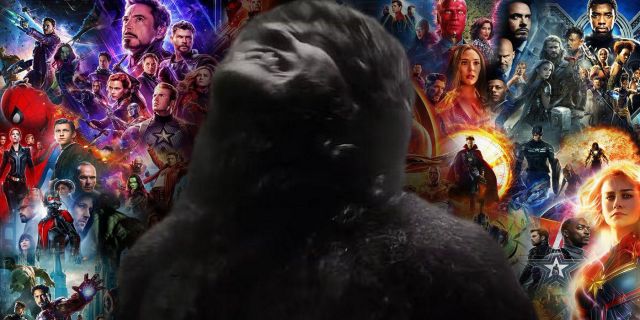
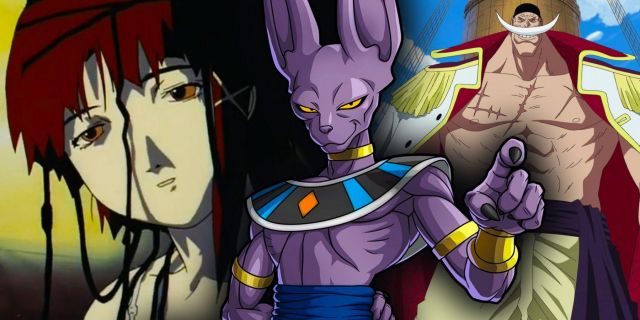


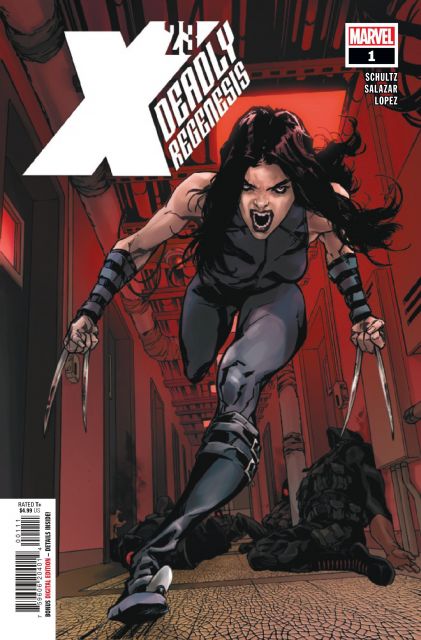
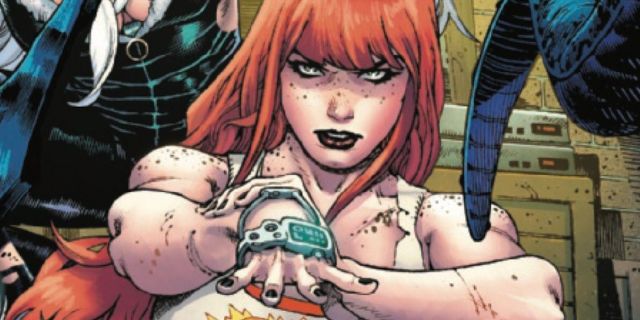
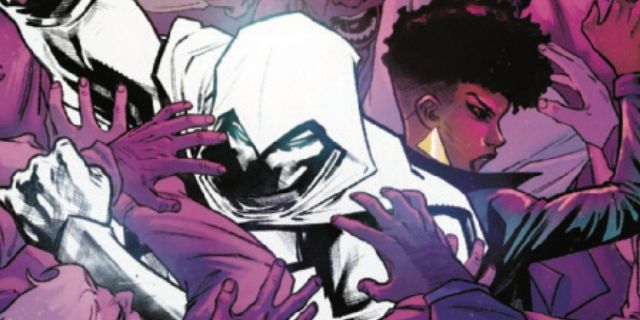


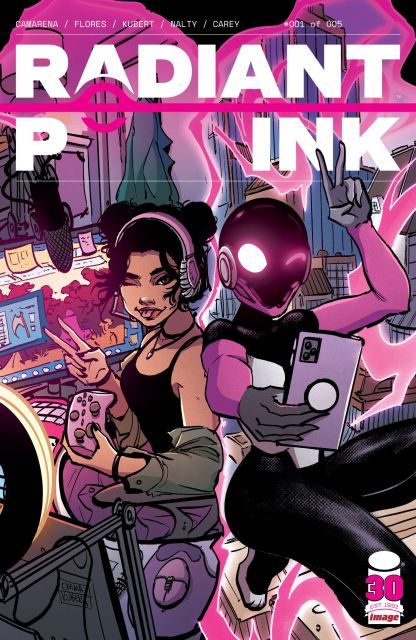





Leave a Reply